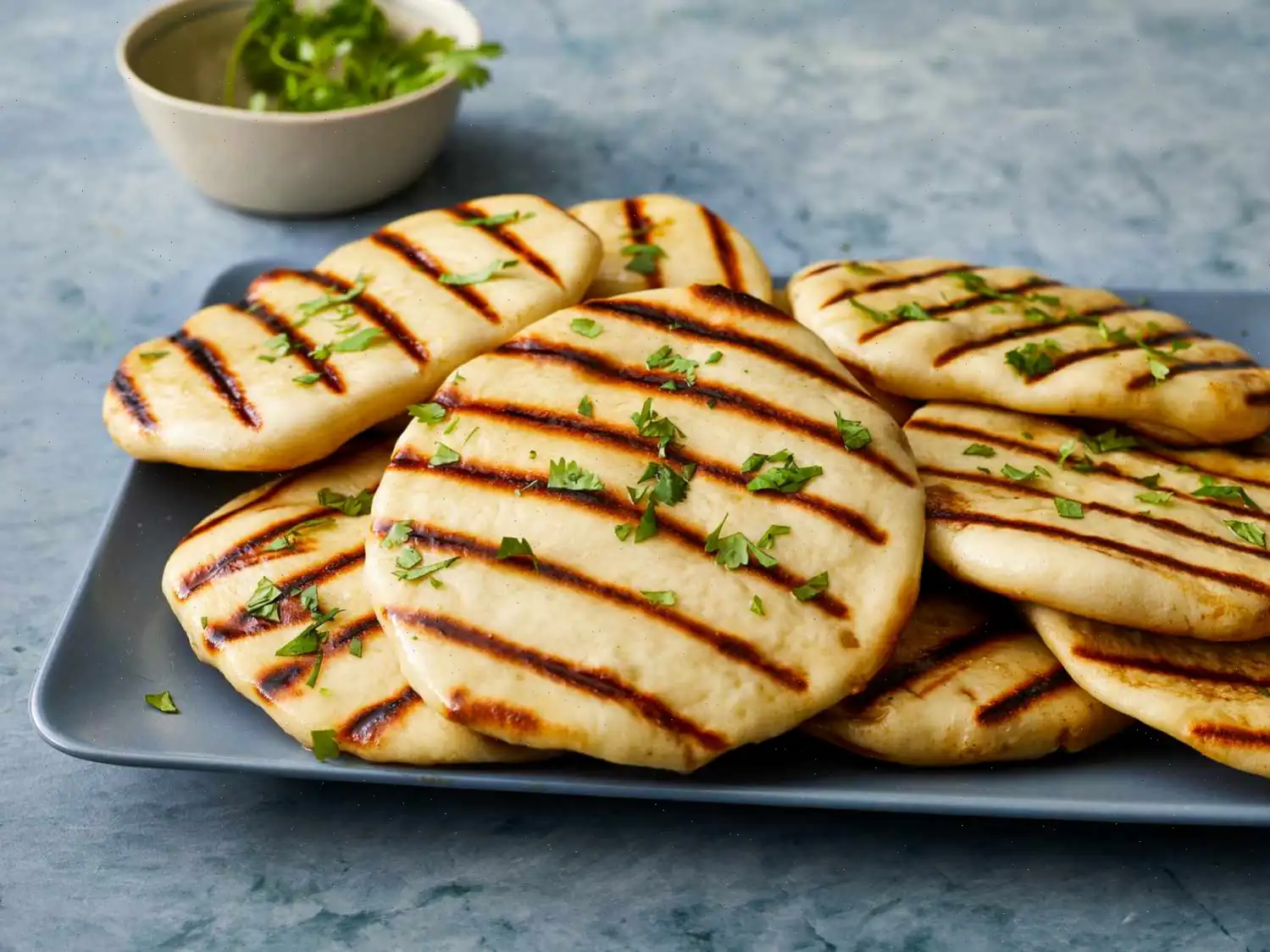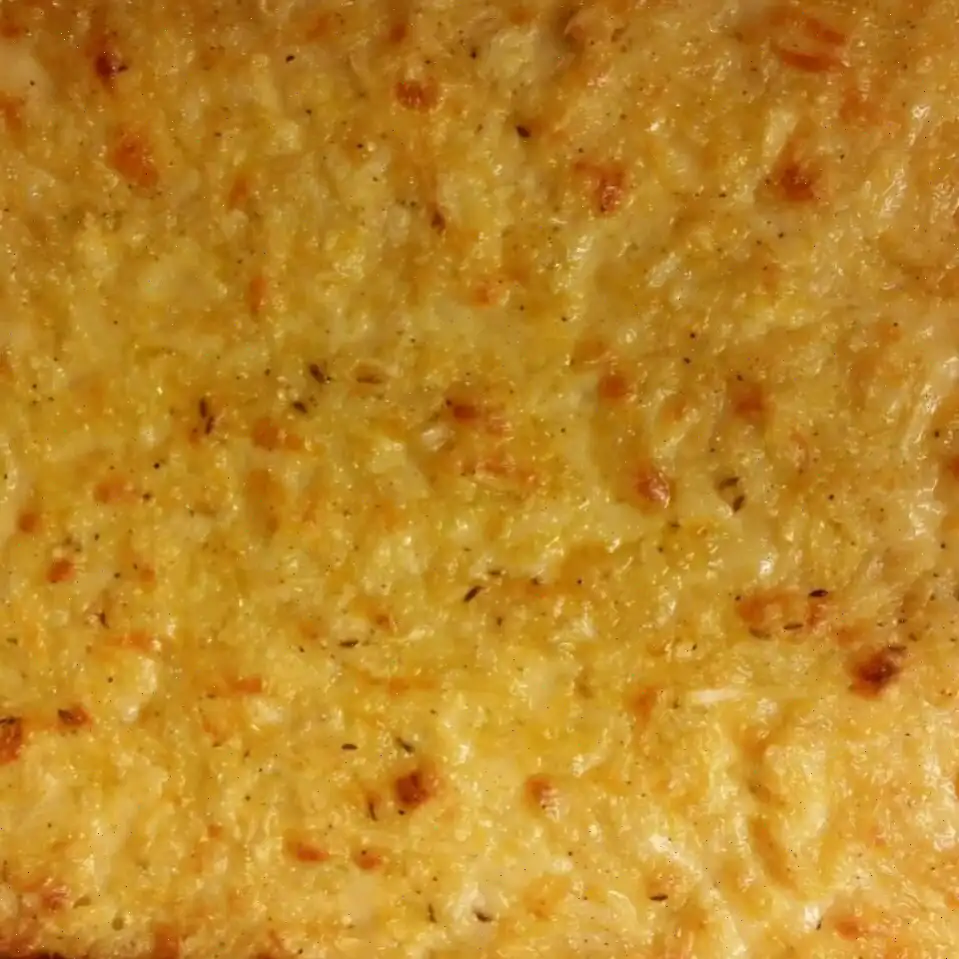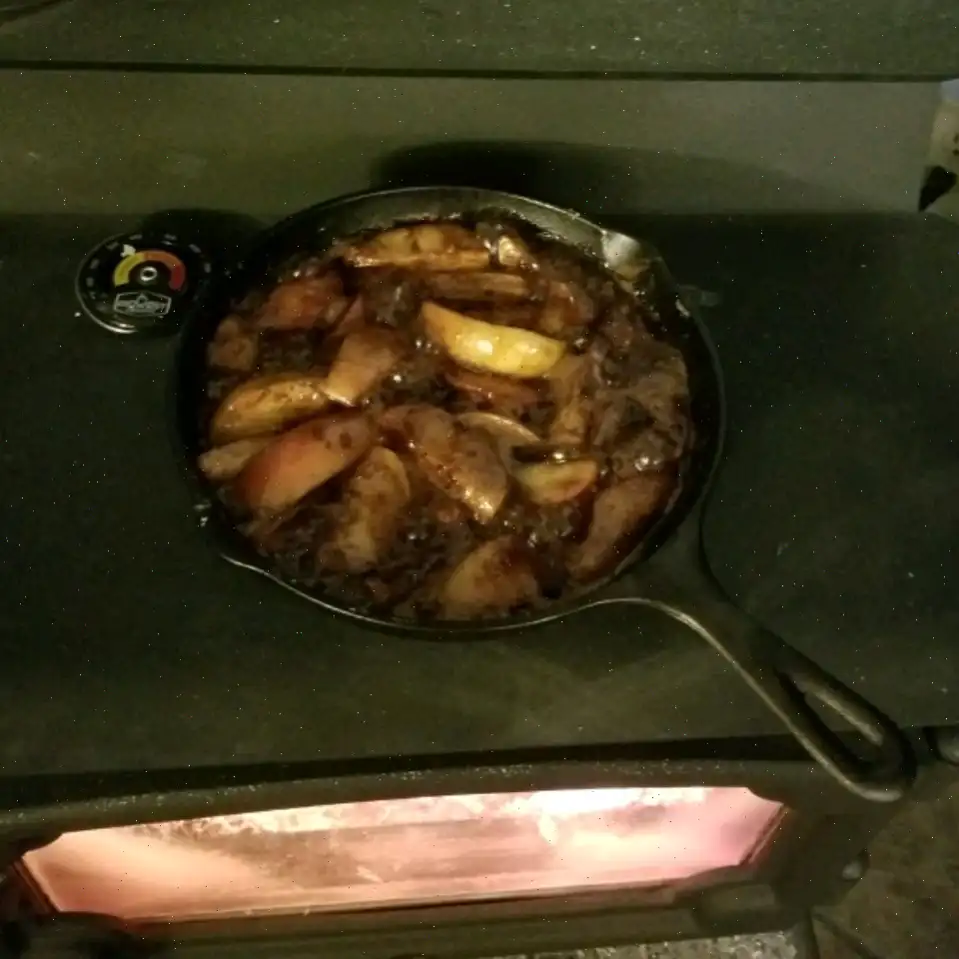
Pistachio Butter Recipe
Pistachio Butter Recipe
Ingredients:
- 1/2 cup dry roasted pistachios
- 2 teaspoons pistachio oil
Directions:
- Start by placing the pistachios into the jar of a high-powered blender (like a Vitamix).
- Cover the blender and blend on High for about 45 seconds. You will notice it turns into a coarse meal.
- Once the pistachios have broken down, drizzle in the pistachio oil while the blender is still running. Continue blending until the mixture becomes smooth and creamy.
- Season the pistachio butter with a pinch of salt to enhance its flavor.
- Transfer the pistachio butter into an airtight and store it in the refrigerator for up to 1 month, or freeze it for up to 6 months.
Nutrition Facts (per serving):
- Calories: 72
- Total Fat: 6g (8% Daily Value)
- Saturated Fat: 1g (3% Daily Value)
- Cholesterol: 0mg (0% Daily Value)
- Sodium: 44mg (2% Daily Value)
- Total Carbohydrate: 3g (1% Daily Value)
- Dietary Fiber: 1g (4% Daily Value)
- Total Sugars: 1g
- Protein: 2g (4% Daily Value)
- Vitamin C: 0mg (0% Daily Value)
- Calcium: 11mg (1% Daily Value)
- Iron: 0mg (2% Daily Value)
- Potassium: 103mg (2% Daily Value)
Servings per Recipe: 6
Note: Percent Daily Values are based on a 2,000 calorie diet. Your daily values may vary depending on your specific calorie needs. If you are on a medically restrictive diet, consult with a healthcare professional before preparing this recipe.
The Story and Cultural Significance of Pistachio Butter
Pistachio butter, though less widely recognized than peanut or almond butter, carries a rich culinary history that traces back thousands of years. Pistachios themselves are believed to have originated in the Middle East, particularly in regions around modern-day Iran and Iraq. These small green nuts were considered a delicacy in ancient times, often reserved for royalty and special ceremonies. Transforming pistachios into a smooth, creamy butter is a relatively modern innovation, combining traditional nut consumption with contemporary kitchen techniques.
Regional Variations and Distinctive Characteristics
While pistachios are grown in several countries, including the United States, Iran, and Turkey, regional variations influence the taste and texture of pistachio butter. In Iran, it is often made with roasted and salted pistachios, giving the butter a savory depth. In the U.S., natural or lightly sweetened pistachio butter is common, highlighting the nuts subtle sweetness and vibrant green hue. Some regions incorporate pistachio oil or a hint of vanilla to enhance creaminess, making the final product smoother and more spreadable.
How Pistachio Butter Differs from Other Nut Butters
Unlike almond or peanut butter, pistachio butter has a naturally mild, slightly sweet flavor and a distinctive green color. Its texture is often silkier due to the higher oil content in pistachios. While peanut butter is commonly used for sandwiches and baking, pistachio butter is more versatile in gourmet applications, such as drizzling over desserts, blending into smoothies, or using as a luxurious spread for crackers and fruit. The nuts unique flavor makes pistachio butter stand out in both sweet and savory dishes.
Typical Culinary Uses and Serving Suggestions
Pistachio butter is usually served as a spread or incorporated into desserts, smoothies, and salad dressings. It pairs beautifully with dark chocolate, honey, and berries. Many high-end cafes and patisseries offer it as a topping for pastries or a filling for artisanal chocolates. In some Middle Eastern countries, pistachio butter is also used in savory dishes, blended with herbs or spices to create a rich, nutty sauce for meats and vegetables.
Interesting Facts About Pistachio Butter
- Pistachio nuts were once referred to as smiling nuts due to their natural split shells, symbolizing happiness and good fortune.
- The nuts vibrant green color comes from its high content of chlorophyll, which remains visible even after roasting and blending.
- Pistachio butter is rich in healthy fats, antioxidants, and protein, making it a nutritious alternative to more common nut butters.
- While rare in mainstream supermarkets, it has gained popularity among food enthusiasts for its gourmet appeal and distinctive flavor profile.








